Observatory
Welcome to the crown jewel of our campus—the N.A. Richardson Observatory, the oldest building at San Bernardino Valley College!
This historic structure was the brainchild of our college’s founder and first Board of Trustees chairman, Noble Asa Richardson, who wasn’t just a visionary but also a dedicated amateur astronomer with his eyes permanently fixed on the stars.
Constructed in 1930, the Observatory originally housed a 16-inch Newtonian telescope, proudly mounted on a pier-based German equatorial mount. At the time, this was the largest telescope on any junior college campus in the nation. In 1931, local dentist and renowned amateur astronomer H. Page Bailey completely rebuilt this stellar instrument into a modified Cassegrain telescope with his innovative “split-ring horseshoe” mount design. (Ironically, his groundbreaking design was later echoed by planners of the giant 200-inch telescope at Mt. Palomar, though poor Bailey never received the credit he deserved.)
During the '30s, students and the public alike delighted in peering through this magnificent telescope. However, as the night skies grew brighter with light pollution in the 1950s—and after a bout of vandalism in 1954—the telescope was reluctantly tucked away into storage under the watchful eye of long-time Astronomy Department head George F. Beattie (who also championed the later construction of our very own planetarium in 1977). Fortunately, the telescope made a triumphant return in the mid-1970s after refurbishment for class use and public viewings, and it’s still offering delightful glimpses of the Moon and planets today.
But the Observatory isn’t just about stargazing. Here, an eclectic collection of vintage scientific equipment and memorabilia tells the story of how technology has evolved from hardwood desks and antique lecterns to today’s high-tech learning environments. You’ll also find treasures donated by George Beattie’s widow, Kay Beattie, along with artifacts salvaged from old science buildings and other “found objects” from around campus.
So whether you’re a seasoned stargazer, a history buff, or just in the mood for a trip back in time, we invite you to explore this remarkable site.
Public Use
For the moment, the Observatory is undergoing a retrofit. We offer free stargazing to the public through telescopes (weather permitting) after each public Planetarium show, twice a month on Friday night. Check the planetarium website for dates.




